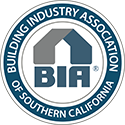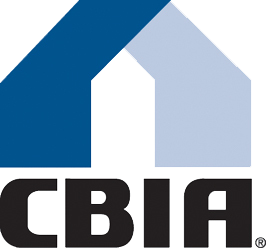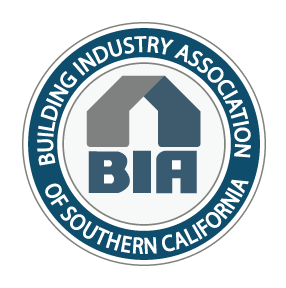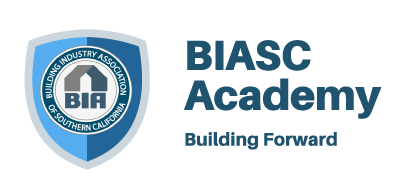ByAli Sahabi of Optimum Group, LLC
President, Building Industry Association (BIA) Baldy View Chapter
Do you remember “skinny tie” bands? Animal House? Heavyweight boxing champion Leon Spinks?
If you were around in 1978, you remember that all of these were big news. Yet, while most of the events of 40 years ago fade into memory, one event from that year still affects homebuyers and homeowners today: the 1978 ban on lead paint in residential construction. So, whether you are shopping for or preparing to sell or remodel an existing home from 1978 or before, remember that lead paint is still a very important concern and any remodeling involving a home with lead-based paint – whether a major remodel or a do-it-yourself project - will still require the services of highly trained and certified homebuilding professionals.
According to the U.S. Environmental Protection Agency (EPA), lead paint was used in more than 38 million homes nationwide. Today, contractors performing renovation, repair and painting projects that disturb lead-based paint in homes have been required to be trained and then certified by EPA and must follow specific work practices to prevent lead contamination. If you plan on doing any remodeling on a house built prior to this time, your first step will be to have your home tested for the presence of lead-based paint before you begin any work. If a contractor tells you that testing isn’t necessary and skipping the required practices can reduce your costs, he or she is breaking the law.
Testing for lead paint is particularly important because during a renovation, lead-paint dust can fill the air or lead paint chips could fall from walls. Taking care to contain lead dust will prevent learning disabilities, hearing loss and behavior problems in children and hypertension and high blood pressure in adults and especially protect pregnant women.
Start by visiting the EPA’s website at www.epa.gov/lead to find an EPA Certified Remodeler and get a copy of their free brochure called “Renovate Right” that provides guidance to home owners and contractors about the safe removal of lead paint. Then familiarize yourself with the steps that an EPA - certified contractor will follow during these specific work practices:
- Contain the work area so that dust and debris do not escape. Warning signs will be put up, and heavy-duty plastic and tape will seal off doors and heating and cooling system vents. Cover the floors and any furniture that cannot be moved.
- Some paint removal methods create less dust than others. Some examples include using water to mist areas before sanding or scraping, scoring paint before separating components, and prying and pulling apart components instead of breaking them. Methods that generate large amounts of dust and therefore should not be used, including open flame burning or torching, sanding, grinding, planing, needle gunning, blasting with power tools and equipment not equipped with a shroud and High Efficiency Particulate Air (HEPA) filter vacuum attachment or using a heat gun at temperatures greater than 1100°F.
- Before removing any plastic that isolates the work area from the rest of the home, the area should be sanitized using special cleaning methods. These methods include using a HEPA vacuum to clean up dust and debris on all surfaces followed by wet mopping with plenty of water.
To become an EPA Certified Remodeler, a firm and a contractor within that firm must submit an application to the EPA and complete a federal or state-administered eight-hour class with two hours of hands-on training. Homeowners can find highly–trained remodeling professionals in the area by visiting the National Association of Home Builders website www.NAHB.com and click on “Builders & Remodelers” in the top right corner for a directory of professional remodelers. A trained and certified professional remodeler will provide more value to the project by helping solve design and space problems creatively, stay within budget by offering a range of product selections, share information on tax credits and rebates and make sure all of the required permits are in order. So especially when it comes to renovations involving lead paint, make the smartest investment in your home by hiring a professional remodeler.
The Building Industry Association (BIA) Baldy View Chapter seeks to advance the opportunity to attain the American Dream of homeownership. For more information, visit www.biabuild.com on the web

















